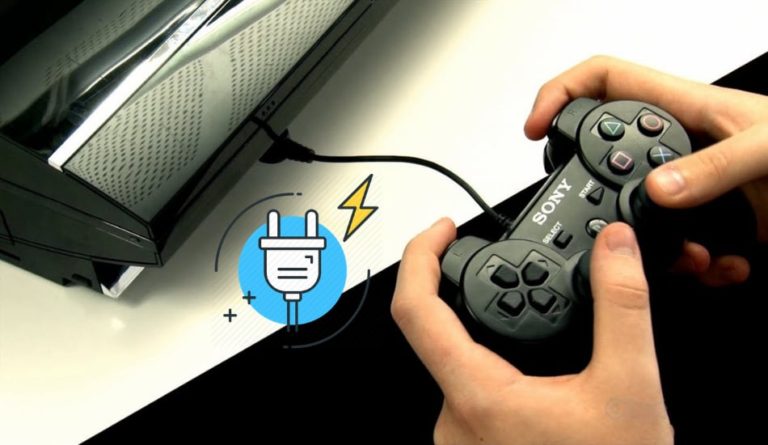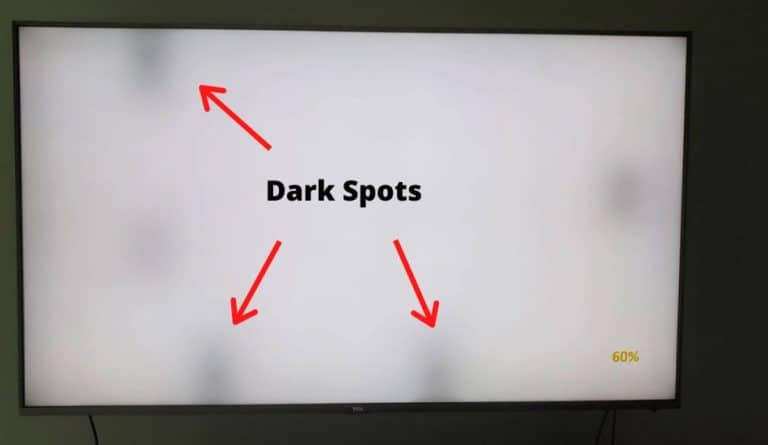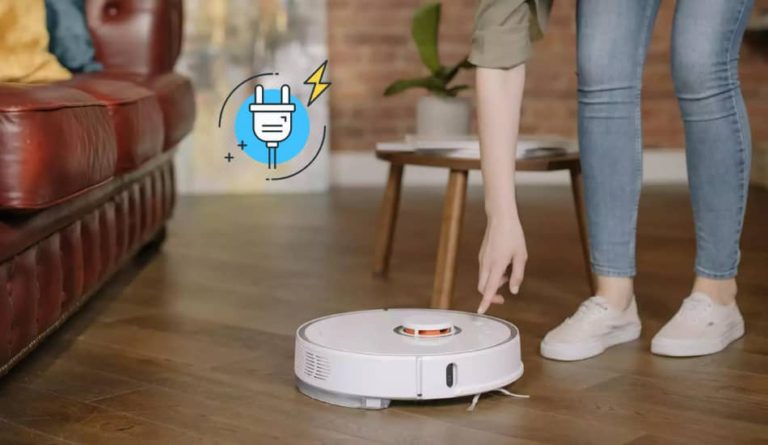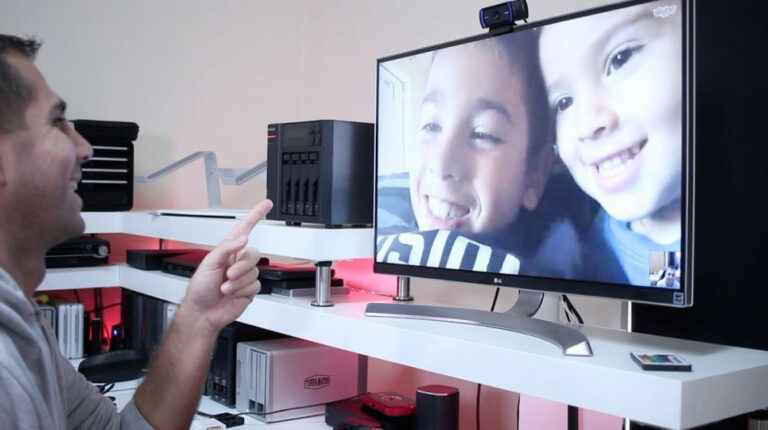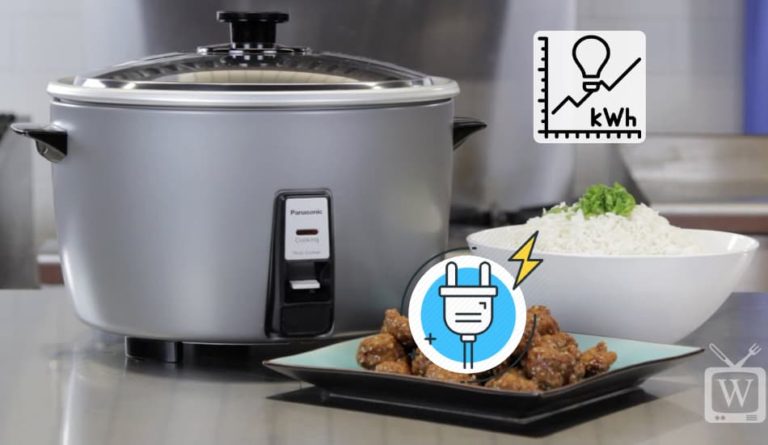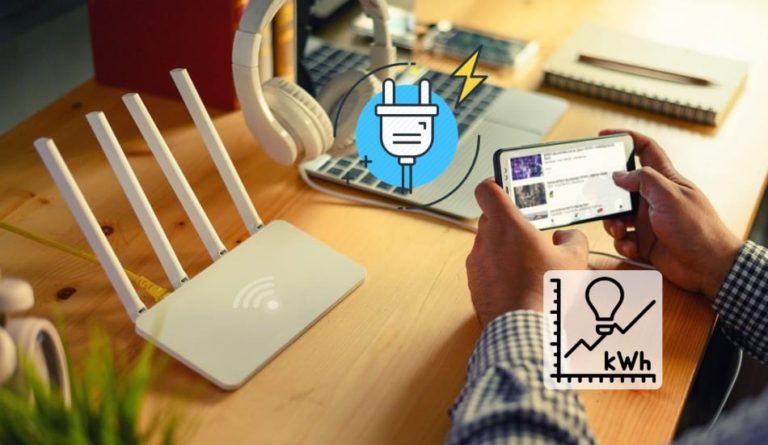How Much Electricity (Power) Do Motion Sensors Use?
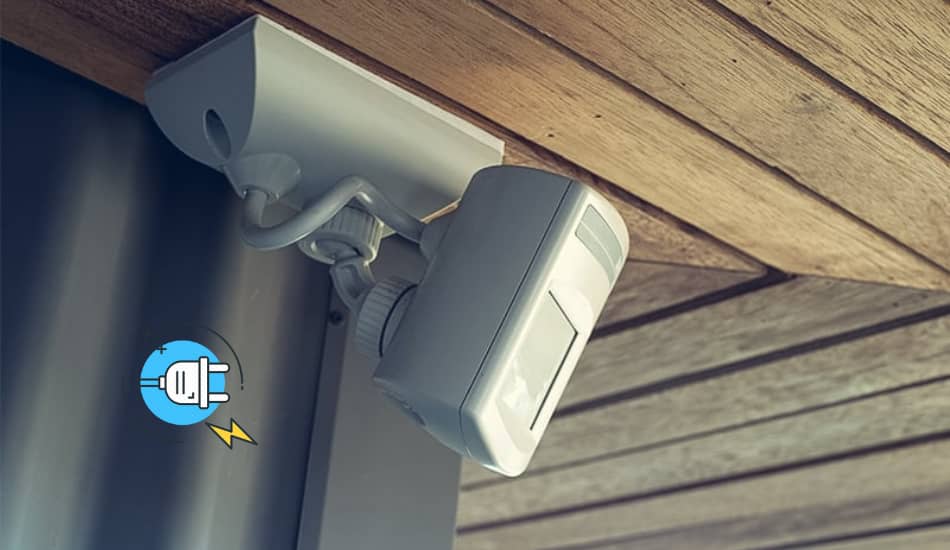
Motion sensors are most often used to control lighting fixtures, and the point is not only in comfort but also in the economy to save money. The use of motion sensors can significantly reduce the consumption of electricity for lighting. However, in order for the devices to work and perform their task, they must be selected and adjusted correctly. But how much electricity do these motion sensors consume? In this article, we’ll go to explain everything in detail. So, let’s start.
Table of Contents
How Much Electricity (Power) Do Motion Sensors Use?
So How Much Electricity (Power) Do Motion Sensors Use? Typically, motion sensors use about 1 watt of energy during the standby mode (24 hours a day) and about 5 watts on active mode (an hour a day). Depending on the model, the motion sensor’s power consumption ranges between 0.5W to 8W. By using them you can reduce electricity for lighting up to 70%.
The great thing about motion sensors is that they are capable to save you electricity without your having to do anything. They automatically turn on and off when someone comes and when they sense a presence. By this, you are avoiding the risk and expense of having the lights turned on where you actually don’t need them. This can be considered as a kind of home automation, that is automatically responding to your needs.
| Motion Sensor | Energy Saving |
|---|---|
| Zenith HZ-5316-WH | Up to 60% |
In addition, motion sensors are used as part of security systems, to control automatic doors, garage or warehouse gates, as well as in “Smart Home” systems, for example, to automate the operation of HVAC equipment. So, using motion sensors, you can turn on and off-air conditioners, adjust heating power, start boilers, etc.
The cost of electricity will only increase, so reducing electricity consumption is becoming important. It goes without saying that reducing energy consumption should not compromise the safety, comfort, etc. Installation of motion and presence sensors can reduce electricity consumption for lighting by 30-80%. The range is very wide, the exact value can only be determined based on the specific operating conditions of the motion or presence sensor.
I also wrote about a very similar topic that might also interest you and that is How Much Power (Watts) Does a Night Light Use?
Save Electricity With Motion Sensors
For those who are wondering if you can really save money by using motion sensors, the answer is YES! First of all, you should know that motion sensor switches have “phantom energy” use. This means that these sensor switches usually use about 1W of energy during the standby mode and about 5W during the active mode.
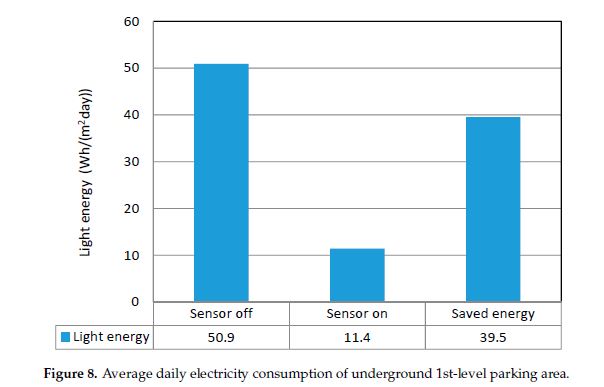
If we take the period of one month, and the electricity price of $0.13 per kWh, the switch will consume 0.84 kWh or about $0.1 of energy during a month. The model I’ve used here and that I recommend is Zenith HZ-5316-WH, which can be found on Amazon.com. This model is very high quality and has a long service life, which is the most important thing. By using this device will save energy that is equal to the single 60 watt light bulb that is turned on for 33 hours.
How Much Does a Motion Sensor Cost?
Typically, you can find high-quality motion sensors for interiors and bathrooms from a range between $5 to $10, while for outdoor the price can go even up to $200. There are also small motion sensor models with LEDs for inside cabinets or walls that can connect to the electrical system and have detection angles that range from 90º to 360º etc. The motion sensors that are installed outside, remain inactive during the day, and they only start to work during the night when there is no daylight available.
How Much Money Do Motion Sensors Save?
By the study that was conducted by the EPA titled “Demand Reduction and Energy Savings Using Occupancy Sensors”, it was proven that energy waste can be reduced by as much as 68% and at the same time increase energy savings by 60%. All this was calculated by using a 5-minute timer that was placed in a bathroom. This calculation can also be applied to other rooms in the house, giving us significant energy savings.
Choosing The Right Motion Sensors To Save Power
When using motion sensors, energy savings are achieved by the fact that the lighting devices are turned on only when people are in stairwells, in elevator halls, etc. When purchasing a motion sensor, it is very important to choose the right sensor with the desired viewing angle.
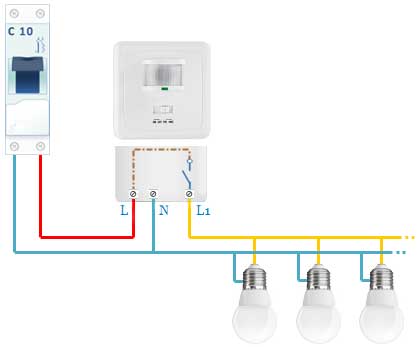
If the field of view is narrow, the sensor is suitable for long corridors. It is advisable to install motion sensors with a viewing angle of up to 360° on the ceiling in apartment lobbies where the doors of neighboring apartments open. Lighting devices, which are triggered by motion sensors, must withstand frequent switching on and off.
Are Motion Sensors Useful For Saving On Your Bill?
By using the motion sensors you will avoid the unnecessary use of electricity which will lead to lower energy bills at the end of each month. An example might be as with an elevator that is idle at all times, except when it is in use. Motion sensors can save you a lot of money annually on your electricity bill.
Their purpose is to be used only when it is necessary. The great thing about these devices is that they use only a bit of energy. For example, the low consumption bulb uses 100W, while the motion sensor depending on the model consumes between 0.5W to 8W for the most powerful ones. This is 60 times less than the bulb itself.
Do you know How Much Power (Watts) Does A Box Fan Use? If not, read this article.
Conclusion
Installation of motion sensors can reduce energy consumption by an average of 40-50%, in some cases up to 80%. The payback period depends on the total power of the lamps connected to the sensor. The more power the lamps have, the faster the sensors will pay off.
Using motion sensors is a great and smart way how you can reduce your energy bills. Their power consumption is very small and they can help you. I hope you are now better acquainted with motion sensors and how much they can benefit you in the long run.


